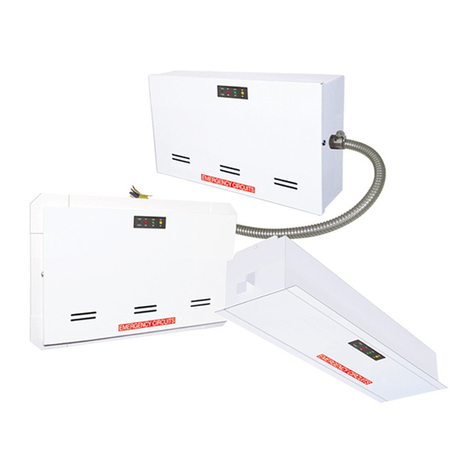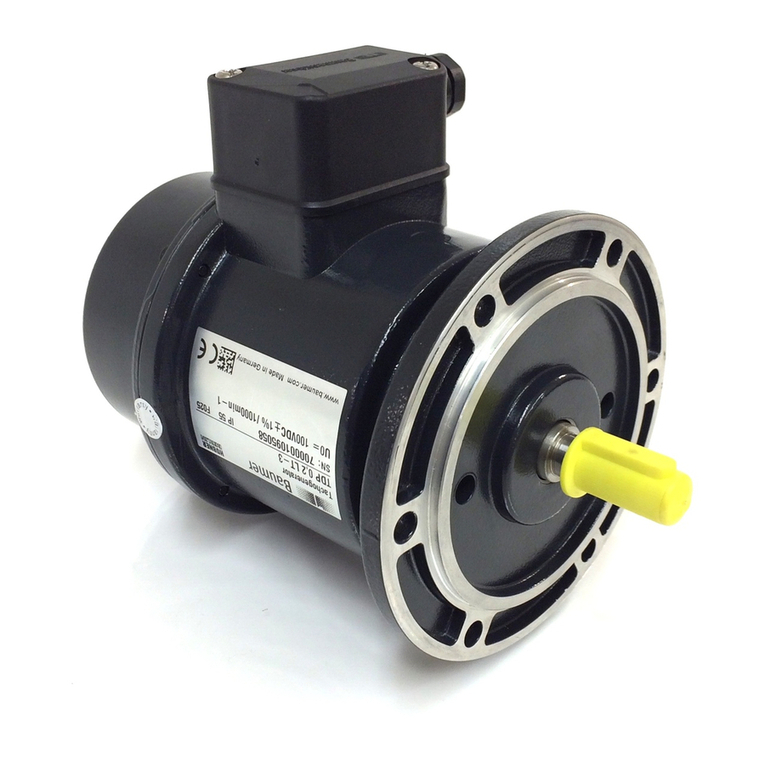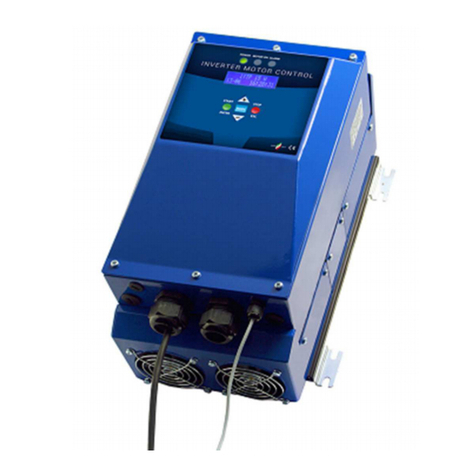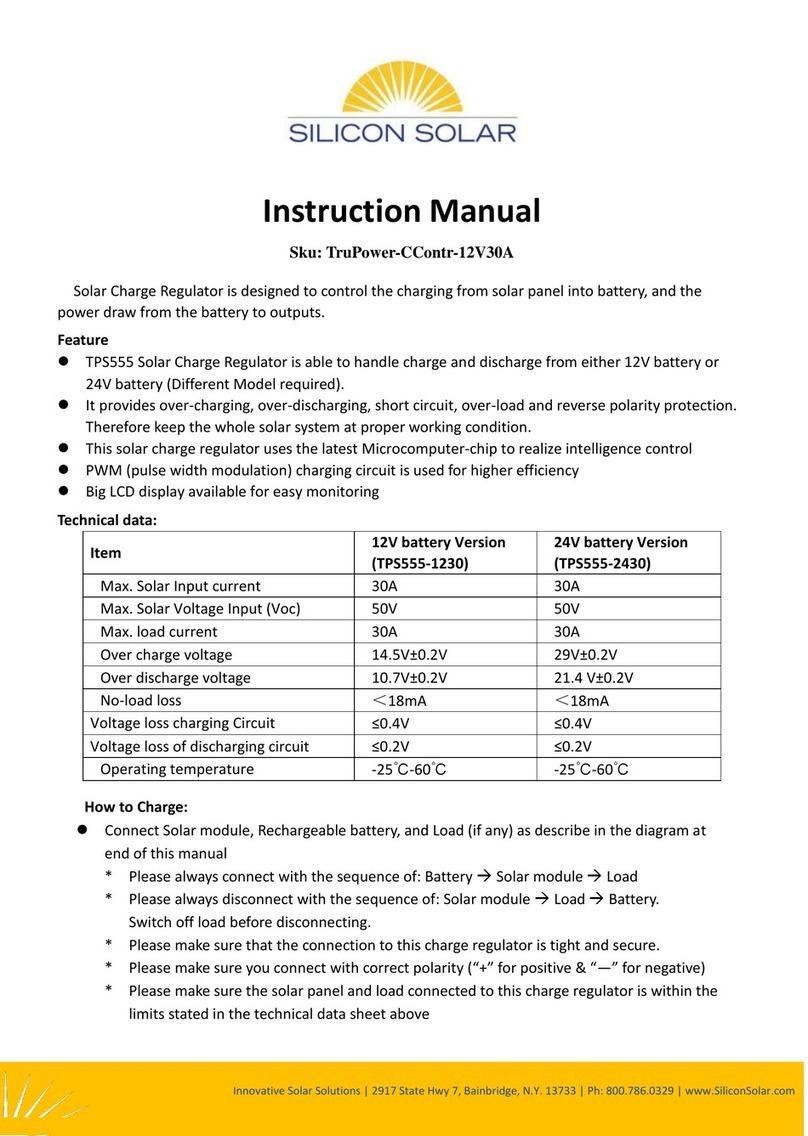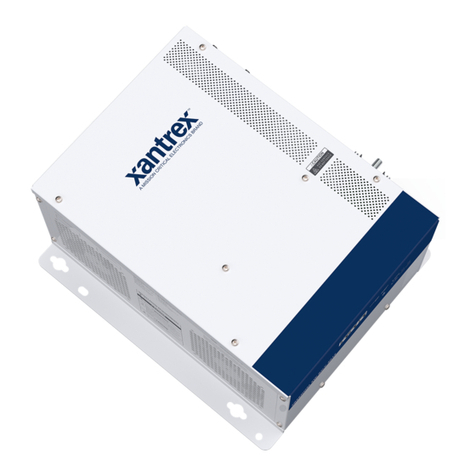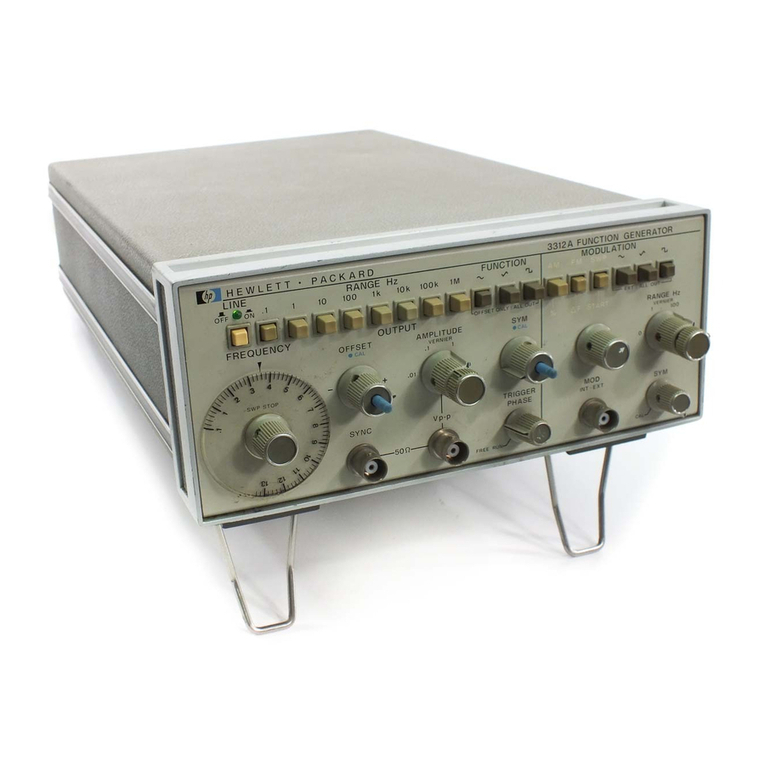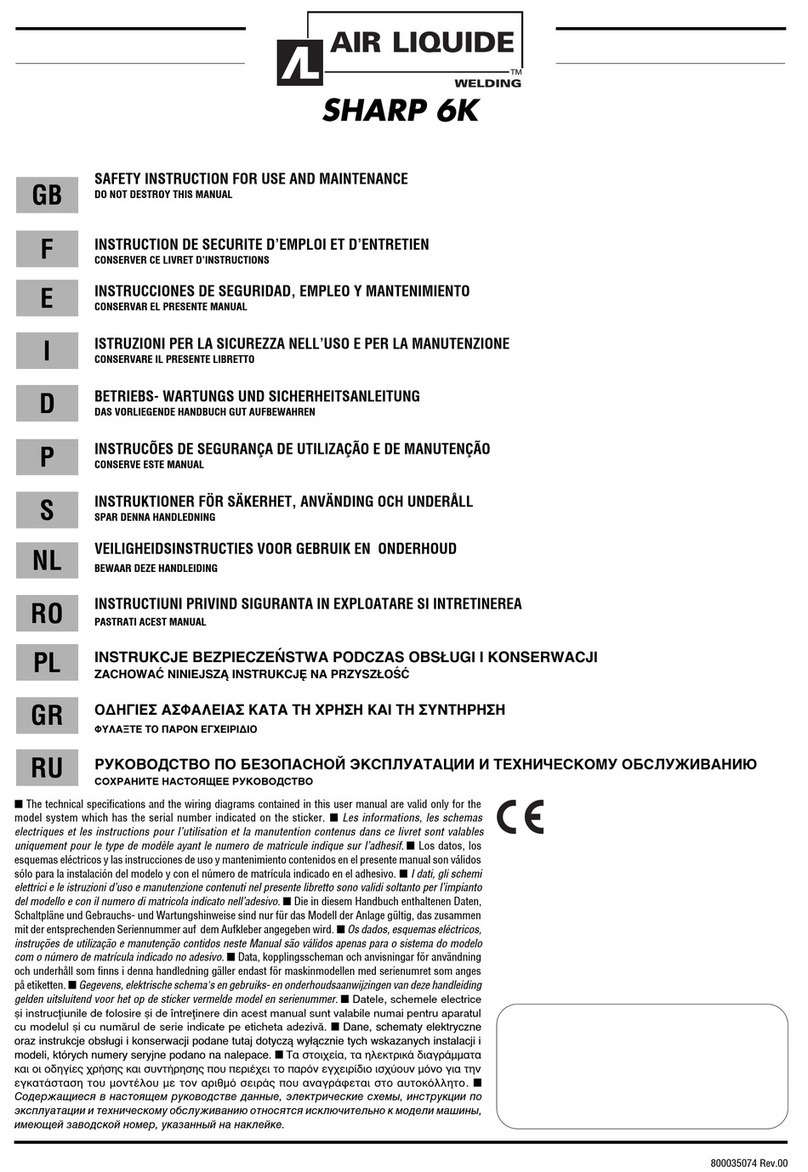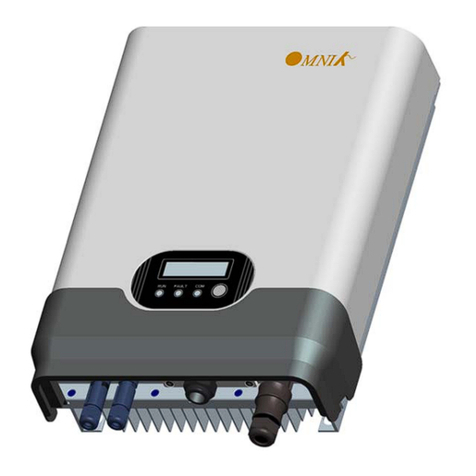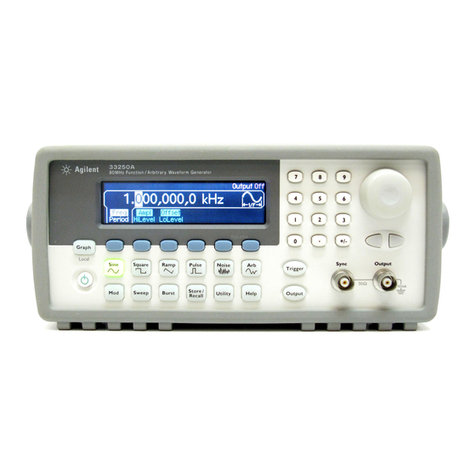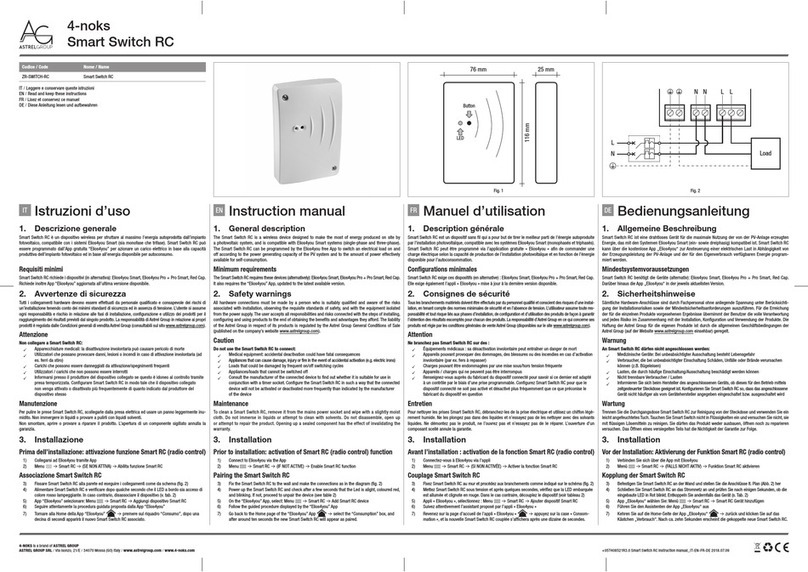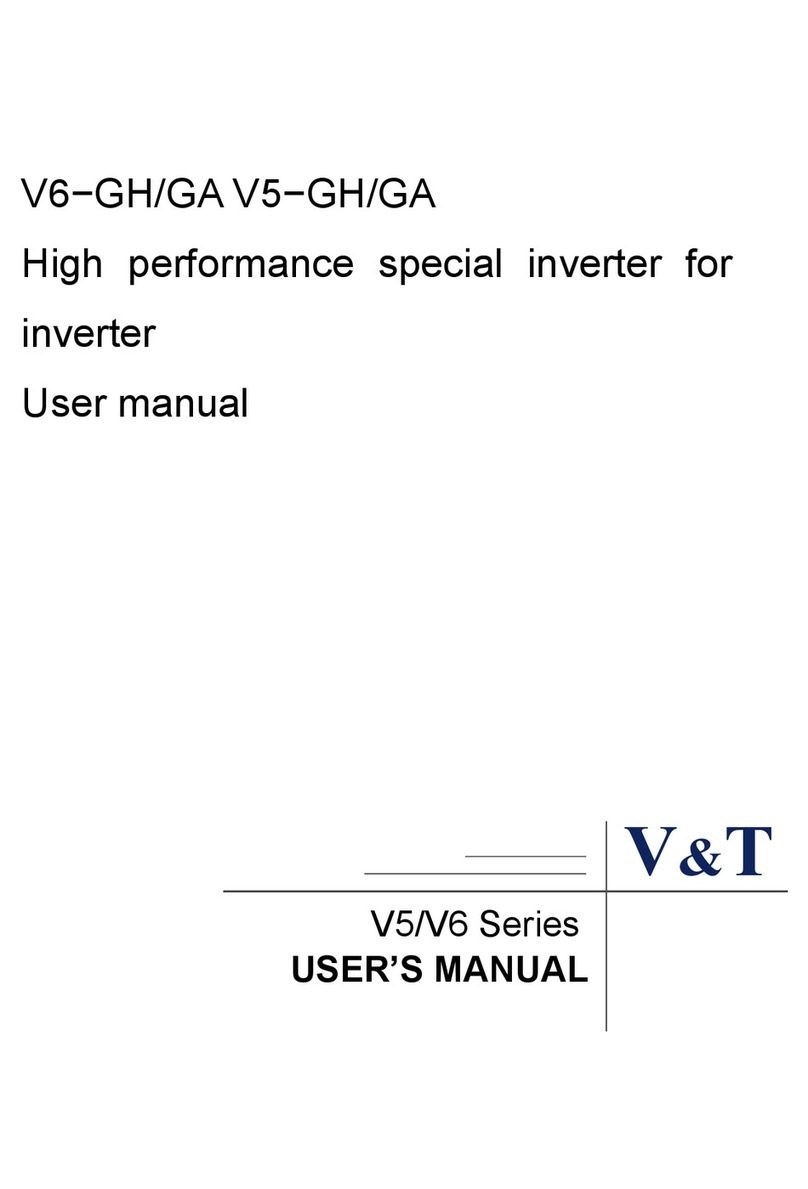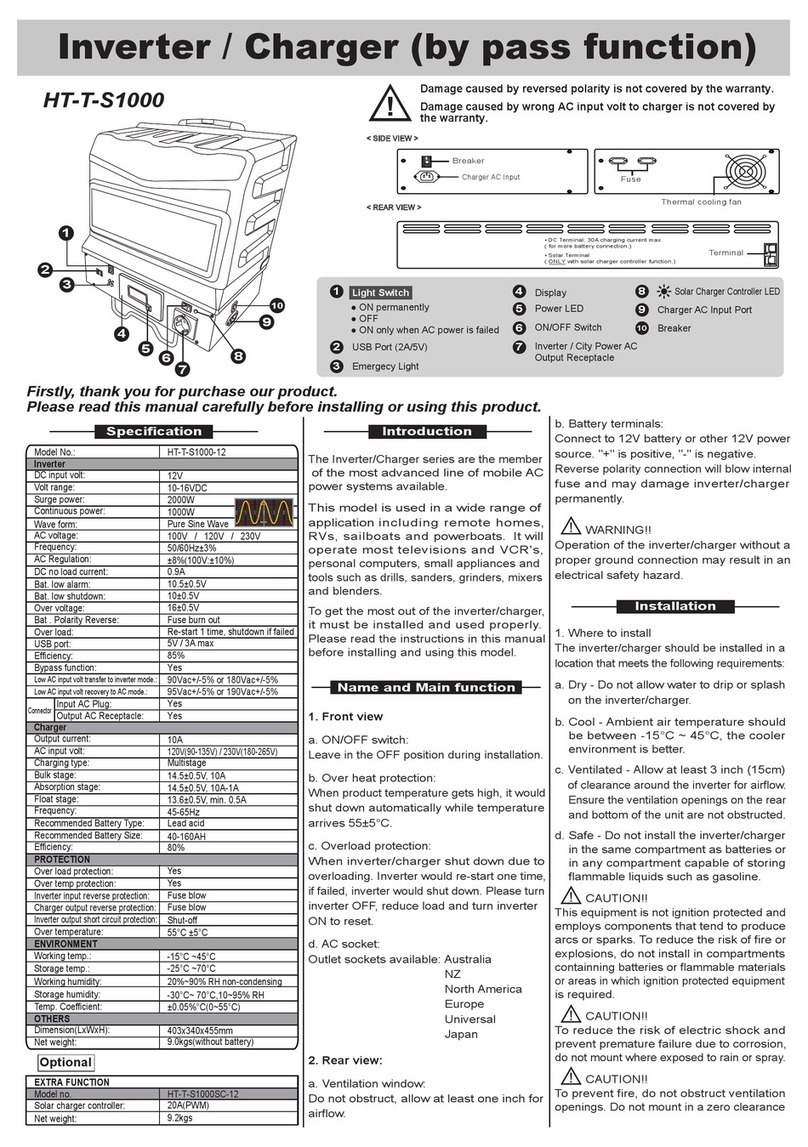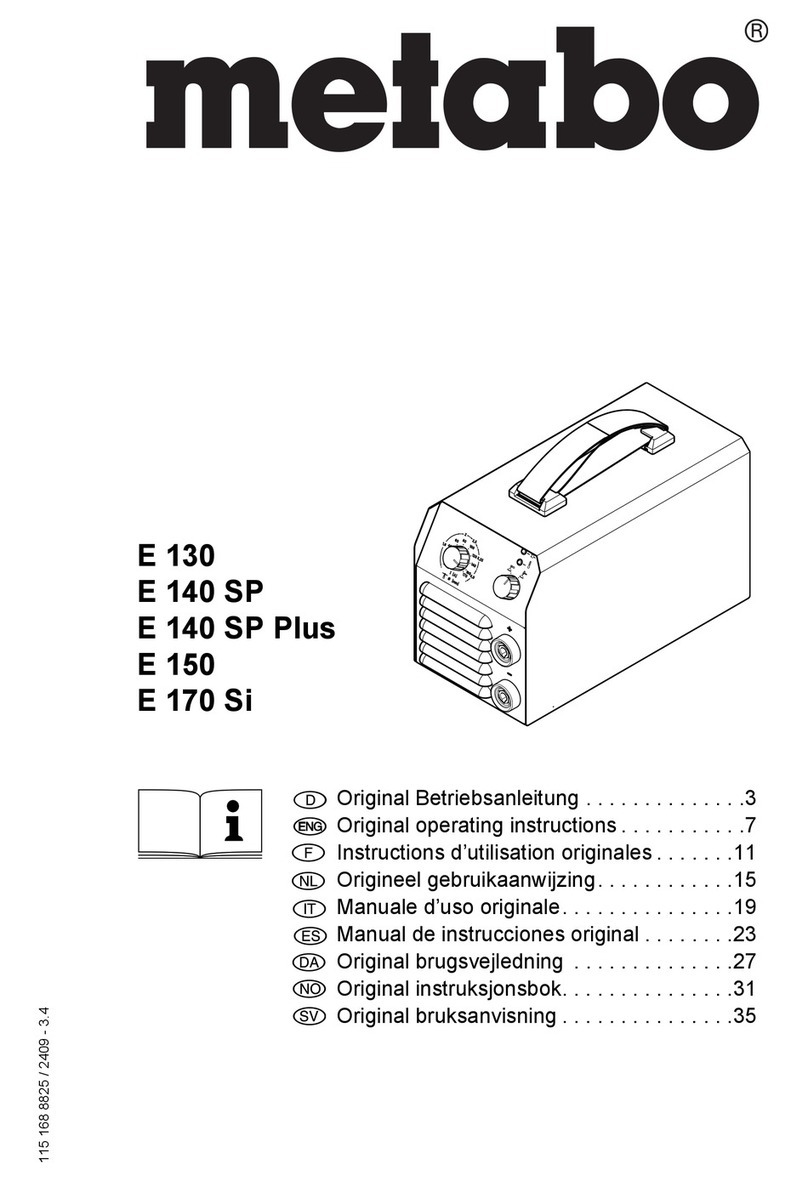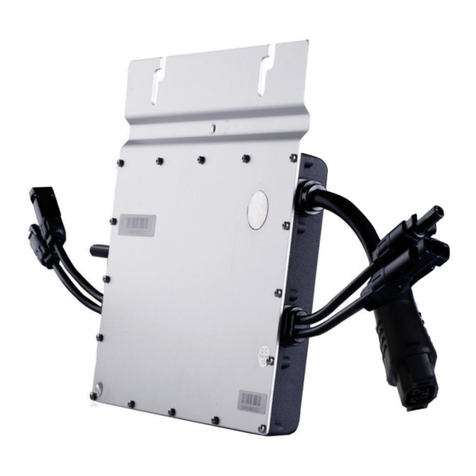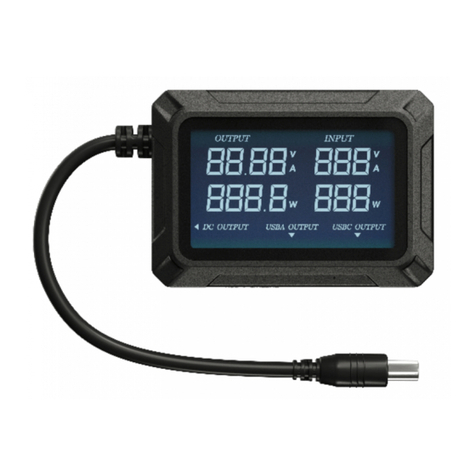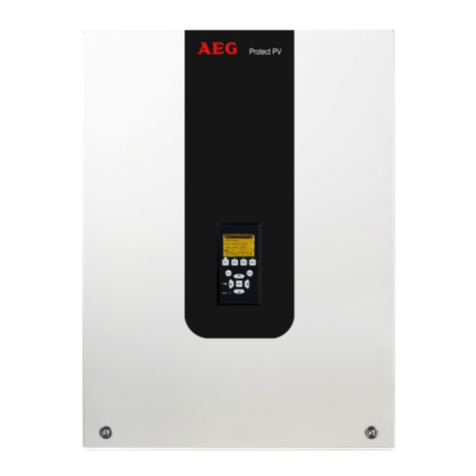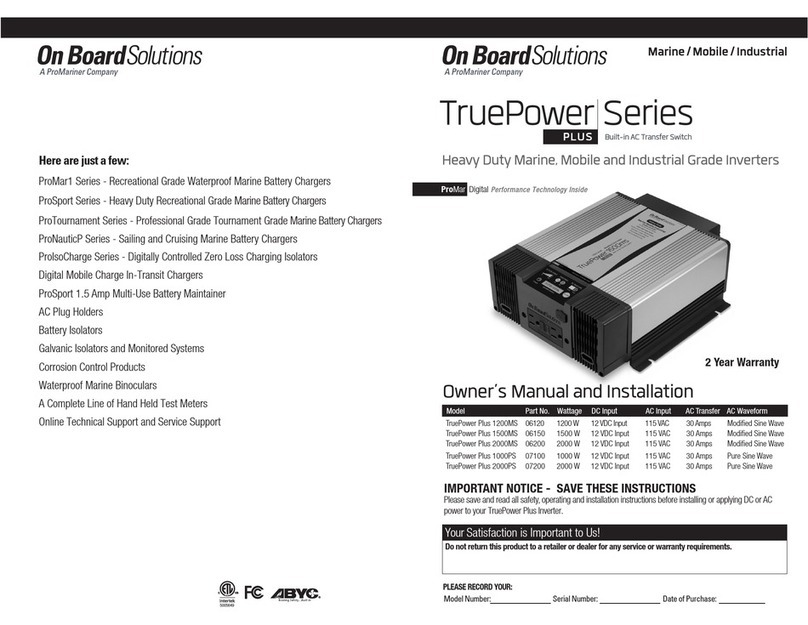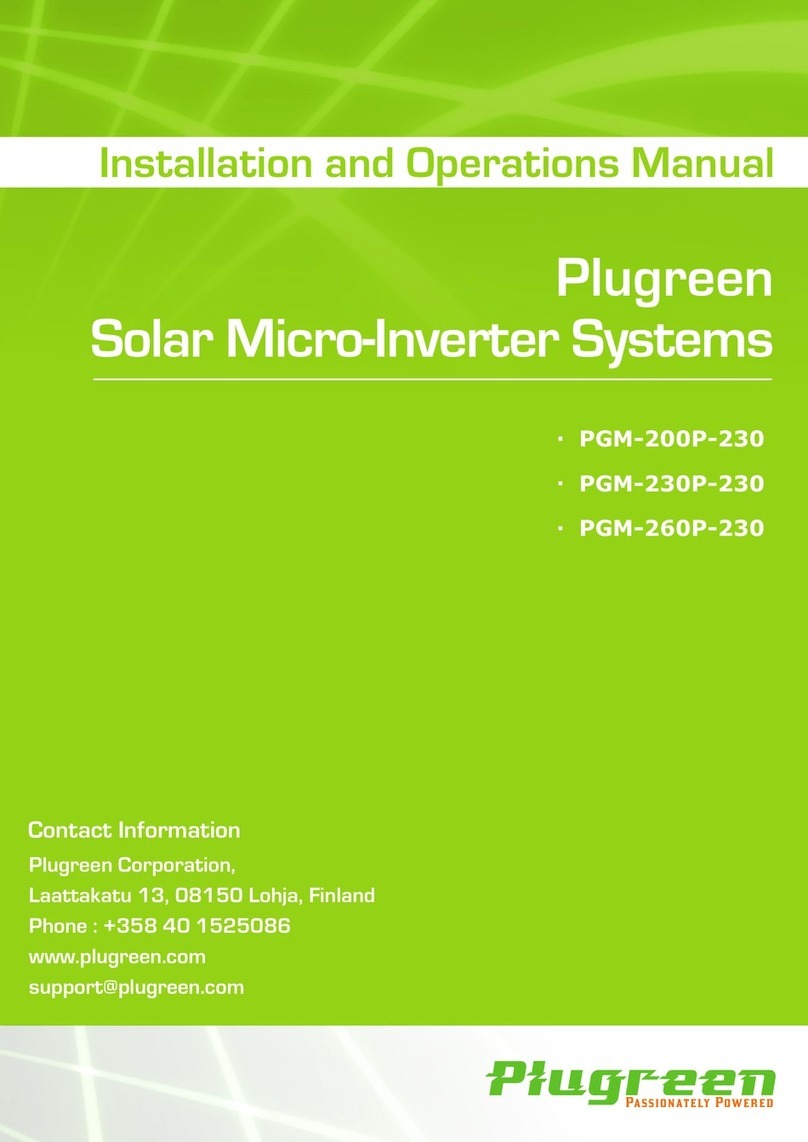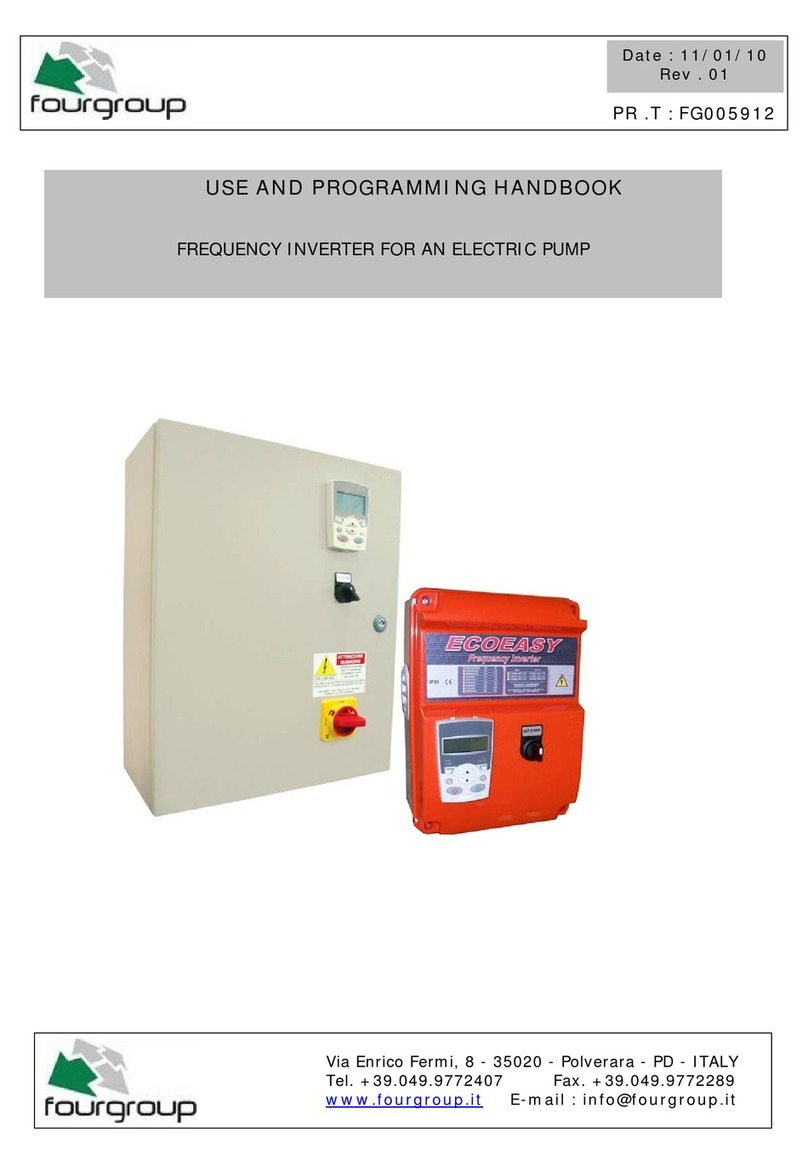5
1.7 H.F. RADIATION CAN CAUSE INJURY
1. High frequency (HF) emissions can
interfere with radio navigation, safety devices,
computers and communication equipment.
2. Installation of welding equipment should be
performed by a qualified electrician.
3. The operator is responsible for having a quali-
fied electrician correct any interference problem
resulting from the welding equipment installa-
tion.
4. If notified by the FCC about interference, stop
using the welding equipment immediately.
5. Have the welding equipment installation
checked and maintained on a regular basis.
6. Keep high-frequency source doors and panels
tightly shut. Keep spark gaps at the correct set-
ting and use grounding to minimize the possi-
bility of interference.
1.8 ARC WELDING CAN CAUSE
INTERFERENCE
1. Electromagnetic energy can interfere
with sensitive electronic equipment such as
computers and computer-driven equipment like
robots.
2. Be sure that all equipment in the welding area
is electro-magnetically compatible.
3. To reduce possible interference, keep weld
cables as short as possible, close together and
down low.
4. Locate welding operations at least 100 meters
(350 feet) away from any sensitive electronic
equipment.
5. Be sure welding equipment is installed and
grounded according to this manual.
6. If interference still occurs, the operator must
take extra measures such as moving the weld-
ing machine, using shielded cables, using line
filters or shielding the work area.
1.9 WELDING ANDTHE EFFECTS OF LOW
FREQUENCY AND MAGNETIC FIELDS
As welding current flows through welding cables, it
can cause electromagnetic fields.To reduce mag-
netic fields, use the following procedures:
1Keep cables close together by twisting or taping
them.
2. Arrange cables to one side and away from the
operator.
3. Do not coil or drape coils around operators
body.
4. Keep welding power source and cables as far
away from the operator as practically possible.
5. Connect work clamp to workpiece as close to
the weld as possible.
1.10 PRINCIPAL SAFETY STANDARDS
Safety in Welding and Cutting, ANSI Standard
Z49.1 from the American Welding Society, 550
N.W. Lejeune Rd., Miami, FL 33126.
Safety and Health Standards, OSHA 29 CFR
1910, from the Superintendent of Documents,
U.S. Government Printing Office, Washington,
D.C. 20402.
Recommended Safe Practices for the Preparation
for Welding and Cutting of Containers That Have
Held Hazardous Substances, American Welding
Society Standard AWS F4.1, from the American
Welding Society, 550 N.W.Lejeune Rd., Miami, FL
33126.
National Electrical Code, NFPA Standard 70, from
the National Fire Protection Association,
Batterymarch Park, Quincy, MA 02269.
Safe Handling of Compressed Gases in Cylinders,
CGA Pamphlet P-1, from the Compressed Gas
Association, 1235 Jefferson Davis Highway, Suite
501, Arlington, VA 22202.
Code for Safety in Welding and Cutting, CSA
Standard W117.2, from the Canadian Standards
Association, Standard Sales, 178 Rexdale
Boulevard, Rexdale, Ontario M9W 1R3.
Safe Practices For Occupation And Educational
Eye And Face Protection, ANSI Standards Z87.1
from the American National Standards Institute,
1430 Broadway, NewYork, NY 10018.
Cutting And Welding Processes, NFPA Standards
51B, from the National Fire Protection Association,
